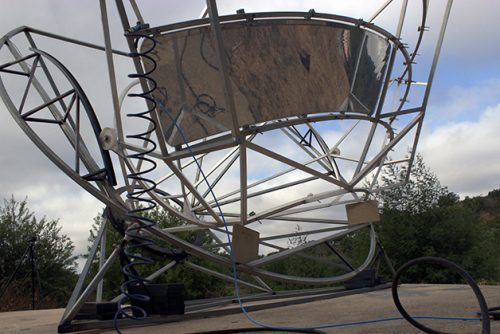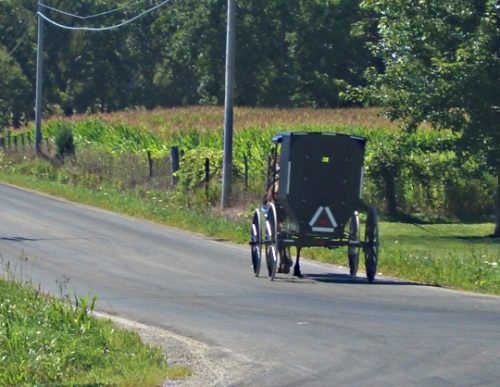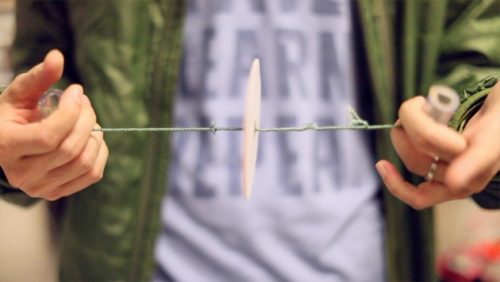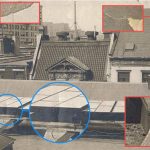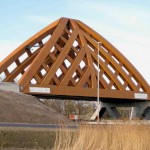We are reaching an important milestone in the Testfield: the high-precision membrane mirror that we have been working on for the last two years, is standing. A team within the technology group has designed and built a prototype solar concentrator by innovating and developing the inflatable membrane mirror technology first introduced by father and son Hans and Jürgen Kleinwächter several decades ago. The present advances are the result of a dedicated team within Tamera working in cooperation with Jürgen Kleinwächter, SunOrbit (Germany) and supporters in India and Australia.
Our prototype mirror uses 0.1mm thick reflective polymer films inflated with air pressure, over a lightweight aluminium frame, achieving high optical precision cheaply and with very low embodied energy. It has an effective optical aperture of 4m2, concentration of over 1000 times, reaching over 1000 degrees Celsius, and has applications ranging from round-the-clock cooking with storage, through ceramics, metalwork and lime burning for waterproof clay buildings, to photo-catalytic fuel production from water and CO2. Future concentrators will undoubtedly take the technology further.
Many challenges in the components and sub-systems have been overcome over the last two years. Now we will start to see how the system really functions as a whole. We have progressed from unstable wooden experiments to a simple, lightweight aluminium framework, developed a deflectometric mirror analysis technique using computational photography, built a tool to weld flouropolymers together (basically welding Teflon to Teflon), designed and fabricated a dual-axis tracking construction, and invented a robust technique to evenly tension membrane films. We are looking forward to testing and tuning the complete system. System tests will start now, as we continue to complete the details.
Quoted from: High-precision Membrane Mirror Research in the SolarVillage Testfield of Tamera, August 2016.
Previously: The bright future of solar powered factories.
